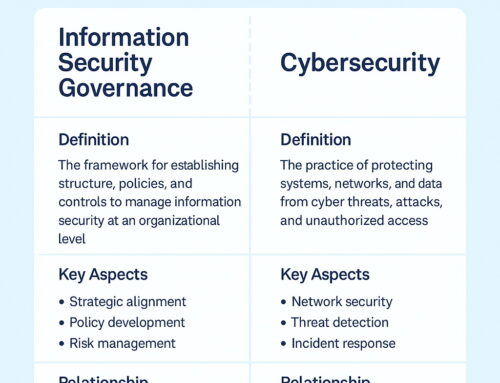In an era of pervasive cloud computing and virtualized storage, secure data sanitization has emerged as a cornerstone of modern information security governance. As defined in the NIST Special Publication 800-88 Revision 1, the process of media sanitization is essential to ensure that deleted data cannot be reconstructed or recovered by unauthorized parties.
1. The Imperative of Data Sanitization in Virtualized Storage
While most users assume that deleting a file means it is gone forever, the reality is more complex. On traditional hard drives as well as cloud-based storage systems, data is often recoverable unless it has been properly sanitized. According to NIST 800-88r1 (Guidelines for Media Sanitization), simple deletion is not sufficient to prevent data recovery; organizations must apply either Clear, Purge, or Destroy techniques, depending on the sensitivity of the information and the type of storage media.
In virtual storage environments, where disk images can be snapshotted or backed up multiple times, residual data can persist across layers of duplication. Without a reliable sanitization strategy, sensitive information may remain recoverable—posing serious risks to privacy and compliance.
2. Erosion of Public Trust in Major Cloud Service Providers
Public trust in cloud providers such as Apple, Microsoft Azure, and Amazon Web Services (AWS) has eroded in recent years due to multiple incidents involving the recovery of photos, messages, and personal files that users believed had been permanently deleted. Such cases highlight the inadequacy of default deletion methods and raise questions about what “delete” truly means in the cloud.
Even when users delete files manually, backup copies, cached images, or replicated storage blocks may preserve data in ways that are inaccessible to the average user but still retrievable by insiders or attackers with sufficient access.
3. Architectural Complexity of Cloud Storage and Data Redundancy
To implement effective data sanitization procedures in cloud ecosystems, it is necessary to understand the architectural foundations of cloud storage. Cloud platforms utilize a combination of storage models—object, block, and file-based—each of which introduces unique data retention behaviors. Furthermore, redundancy strategies, such as the 3-2-1 backup rule, are prevalent across cloud platforms:
-
Maintain three copies of data,
-
Store data on two different media types,
-
Keep one copy in an offsite location.
These strategies optimize availability and resilience but also increase the complexity of ensuring complete data sanitization.
4. Cryptographic Erasure: A Pragmatic Solution for Cloud Sanitization
Given the inaccessibility of physical media in public cloud environments, cryptographic erasure offers a viable and standards-compliant solution. This method involves destroying or rendering inaccessible the encryption keys that protect the data at rest. Without access to these keys, the data becomes computationally unrecoverable. NIST 800-88 recognizes cryptographic erasure as a valid Purge technique, provided that robust encryption (FIPS 140-2 validated, for example) was used during data storage.
An alternative, though less secure, method used by practitioners includes uploading large “null” files to overwrite unused storage sectors. While not officially endorsed by NIST, this approach may reduce the risk of casual data leakage in certain scenarios.
Conclusion
Secure data sanitization is not just a compliance checkbox—it is a foundational aspect of digital trust and data lifecycle management. As organizations increasingly rely on cloud services, they must move beyond naïve deletion practices and adopt strategies that align with NIST 800-88 guidelines. Understanding cloud storage architectures, recognizing the risks of redundant data copies, and leveraging cryptographic erasure are essential steps toward responsible and irreversible data disposal in the cloud.





Leave A Comment